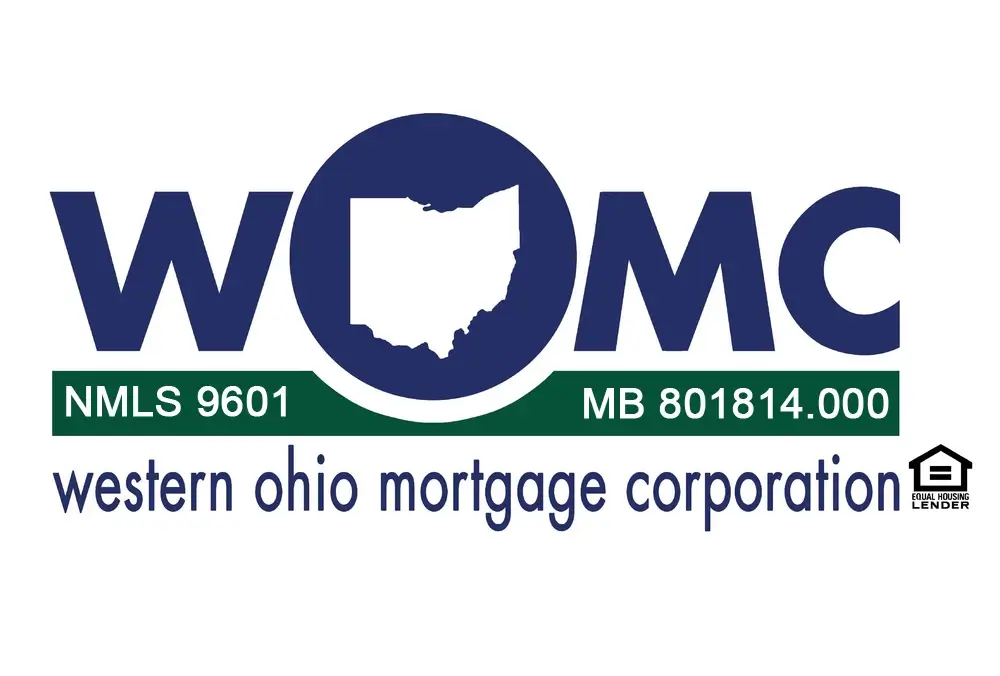
The majority of homes around the country are purchased with the aid of traditional, conforming mortgage loans. Yet when home prices rise quickly, many markets have price tags that are too high for these standard loans. Enter the jumbo loan.
What is a Jumbo Loan?
Jumbo mortgage loans are those that have a higher dollar amount than the limits set by Fannie Mae and Freddie Mac, the government-sponsored enterprises that buy up home loans and sell them on the secondary market. Since Fannie and Freddie are backed by the federal government, they create loan limits to minimize the risk of loss to the taxpayers and to make loans available to those with more financial need.
The jumbo, or nonconforming loan limit as of 2018 is any mortgage over $453,100 and is based on the national median home value. The exceptions to that limit are Alaska, Guam, Hawaii and the U.S. Virgin Islands, where more expensive real estate markets push jumbo loan limits to $676,650. Some counties within the contiguous 48 states (mostly in California, Colorado, New York, and the Washington D.C. area) also have higher loans limits because of pricier markets.
What are the terms?
Jumbo loans are similar in makeup to conforming loans – they can fixed interest rates or adjustable rates and can be for 15 or 30 year terms. While they traditionally carried higher rates in the past than conforming loans, the run-up in prices in many parts of the country has created more demand and competition has pushed rates much lower. The loans can be used for almost any type of residential property, from primary home to vacation home to investment property.
The newest tax rules make jumbo mortgage deductions more complicated but a significant portion interest is still tax deductible.
What are the requirements?
Because they are not backed by the GSEs Fannie and Freddie, jumbo mortgages do come with more risk. Lenders will not be reimbursed by government agencies if their loans fail. For this reason, the requirements for jumbo loans are typically tougher with the underwriting being done completely by hand instead of by computer. Borrowers usually need higher credit scores as well as higher income in order to qualify. They also need to have a low debt-to-income ratio and have significant cash reserves to demonstrate the ability to make their payments.
The down payments on jumbo loans normally start at 10% and 20% is very common. It is possible to qualify for a jumbo loan if one of these categories is less-than-ideal, but the other categories need to be strong. If a borrower does not qualify for a jumbo loan, they may need to wait and beef up either their credit score or their down payment to be considered.
Jumbo loans are an important segment of the mortgage lending market. Without them, many borrowers would be priced out of their own areas or be forced to wait for years to save up enough for homeownership. With the help of jumbo mortgages, many Americans are able to enjoying the benefits of buying a home in their own communities.
Call us at today at 800-736-8485 if you have any questions about jumbo loans in Ohio for one of our mortgage professionals. All of us at Western Ohio Mortgage Corporation are dedicated to helping you understand and make the best mortgage financing decisions for you and your family.
